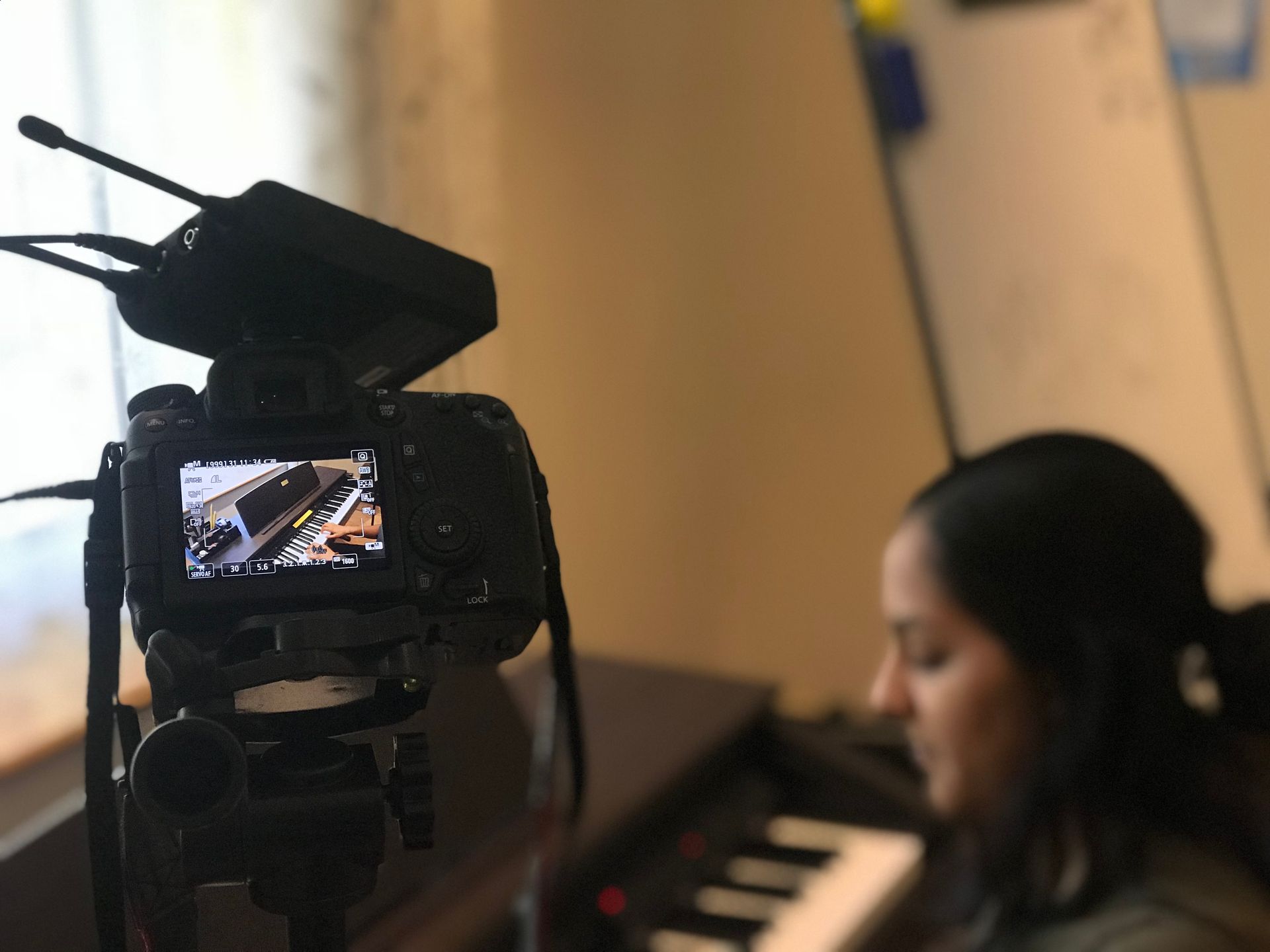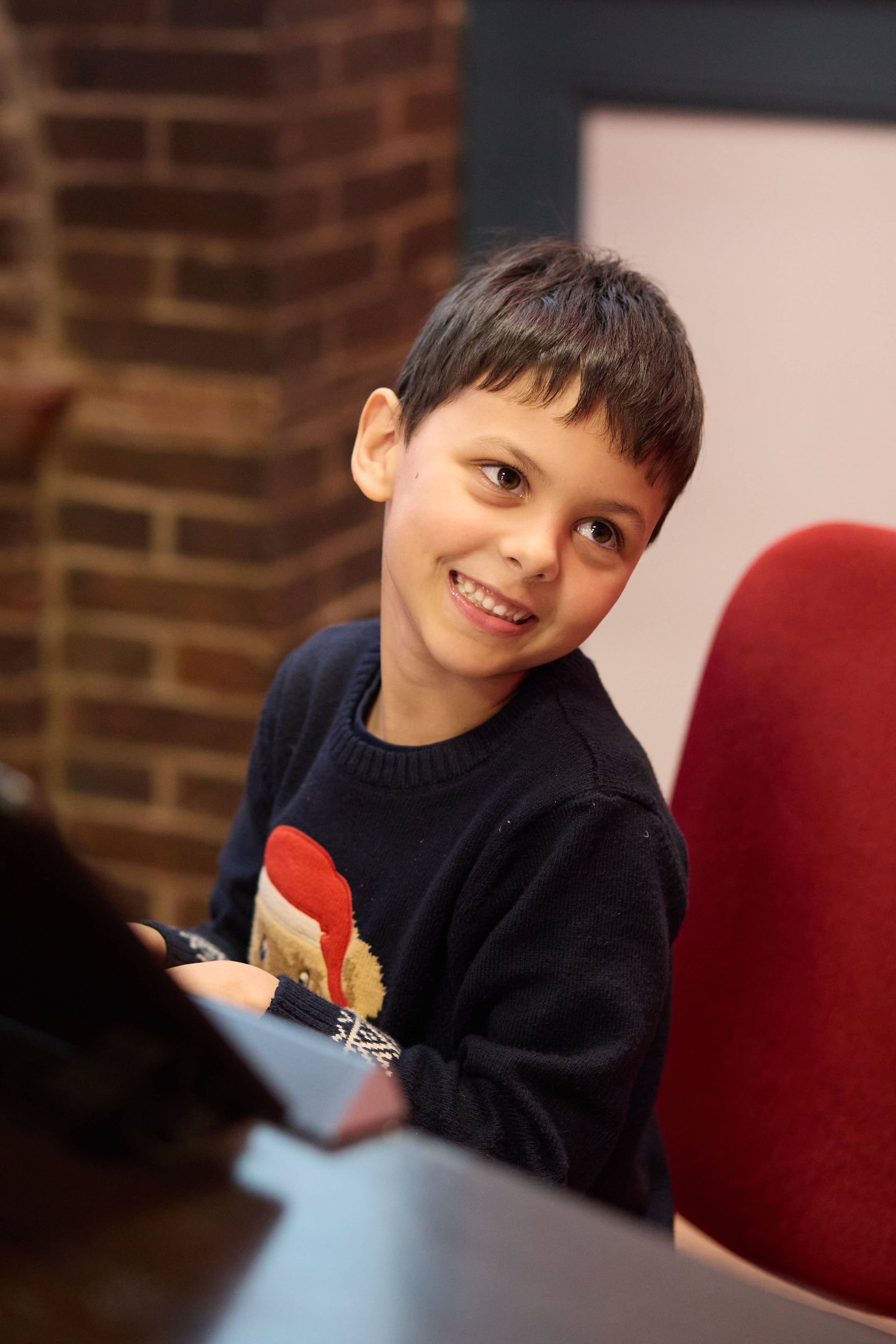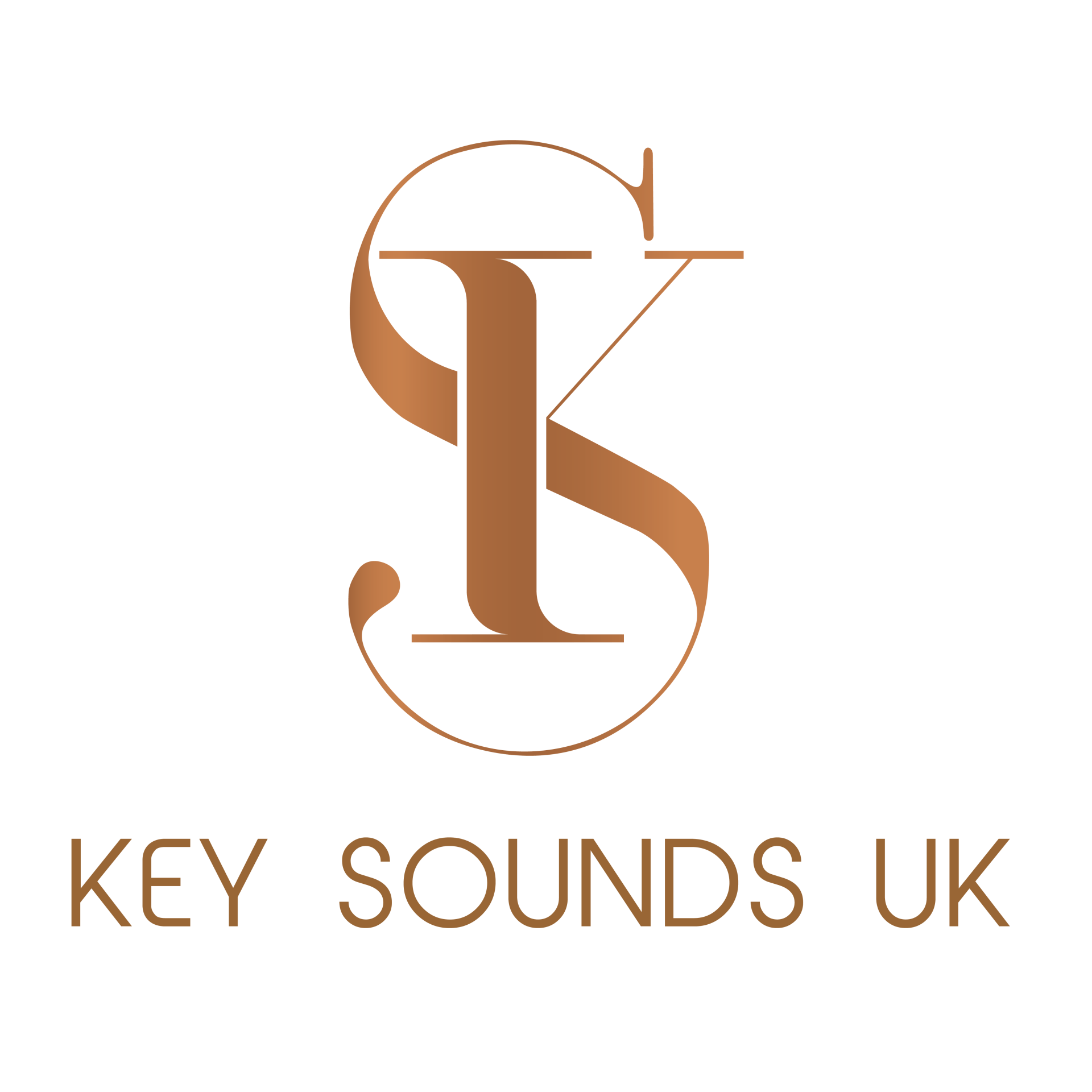Three Hacks to Read Sheet Music Faster
1. Keyboard Geography
Every note found on piano sheet music corresponds to a piano key. While there are 88 keys in total on a full-sized instrument, they are made up of letters with and without symbols which repeat in steps as we move across the keyboard. To learn how to read sheet music you would learn how to recognise the notes on the stave and find them on the keyboard based on the patterns you have been taught.
As you can see there are a set of two black keys followed by three black keys. This pattern then repeats across the keyboard alongside the letter names.
Keyboard geography is how efficiently we can navigate the layout of the piano keys with the sheet music.

2. Treble and Bass Clef Acronyms

The Treble Clef can also be called the ‘G Clef’. This is because the first curve at the bottom crosses the letter G line which is found on the second line up on the stave.
Similarly, the Bass Clef can also be called the ‘F Clef’. This is because the large dot on the left-hand side of the clef where we would begin to draw the clef is on the second line down on the stave which is where we would find letter F on the music.
We can therefore use both of the alternative names of these clefs to work out notes on our music that are closer to them, as supposed to working them out from Middle C, which would take a longer period of time.


In music, there are several acronyms which can help us remember the pattern of the notes within the spaces and lines on the music.
For example, in between the Treble Clef spaces we can spell the word: ‘face’. In between the Treble Clef lines, we have the acronym: ‘Every Good Boy Deserves Football.’
In between the Bass Clef spaces we have an acronym which reads: All Cows Eat Grass. In between the Bass Clef lines we have another acronym which reads: ‘Good Books Deserve Full Attention’.
3. Resources & Games
Use to test yourself

Remember that when you are trying out these hacks to look at them little and often but also be patient with yourself. If you wish to know more about these hacks and resources, feel free to take a look around our website or connect with us directly



